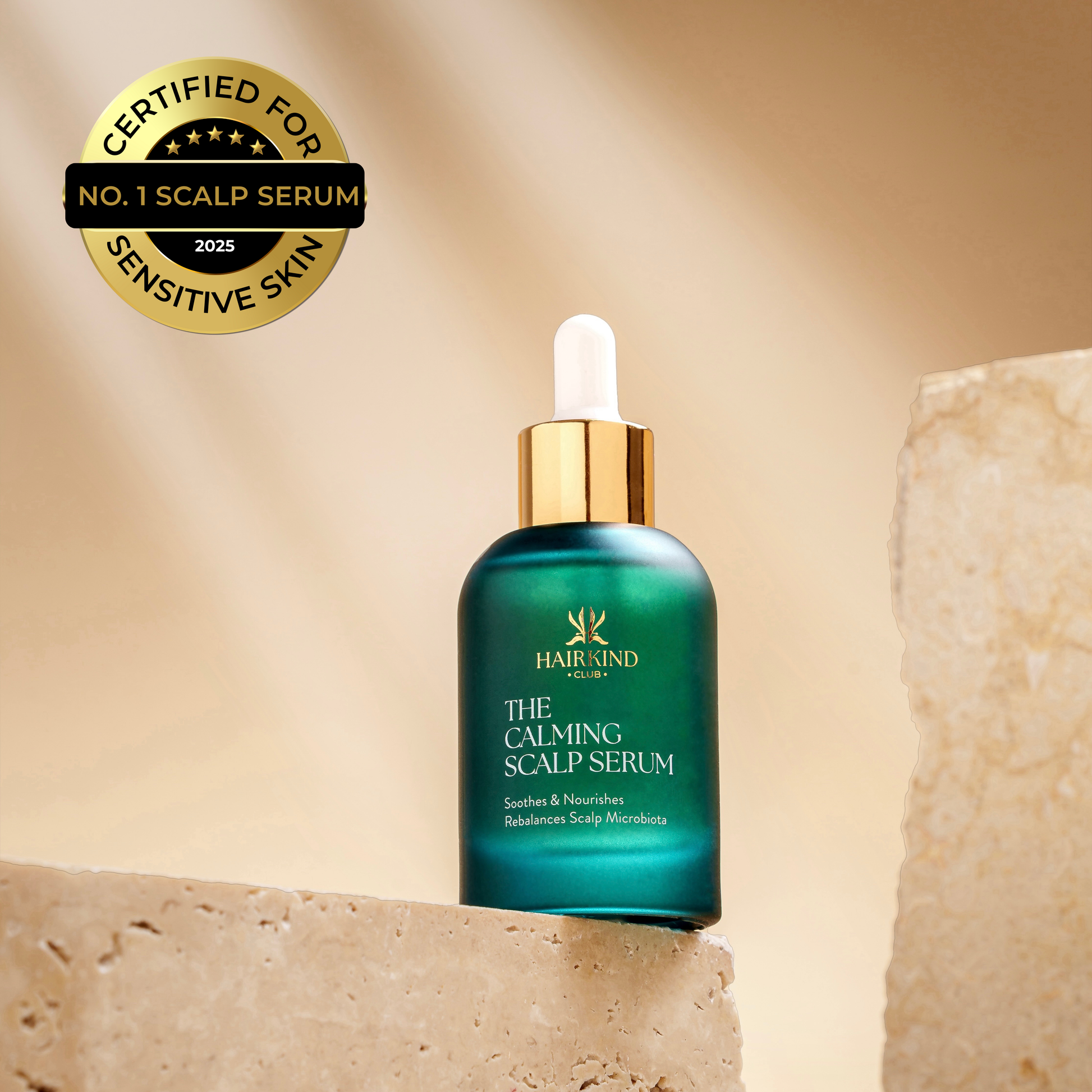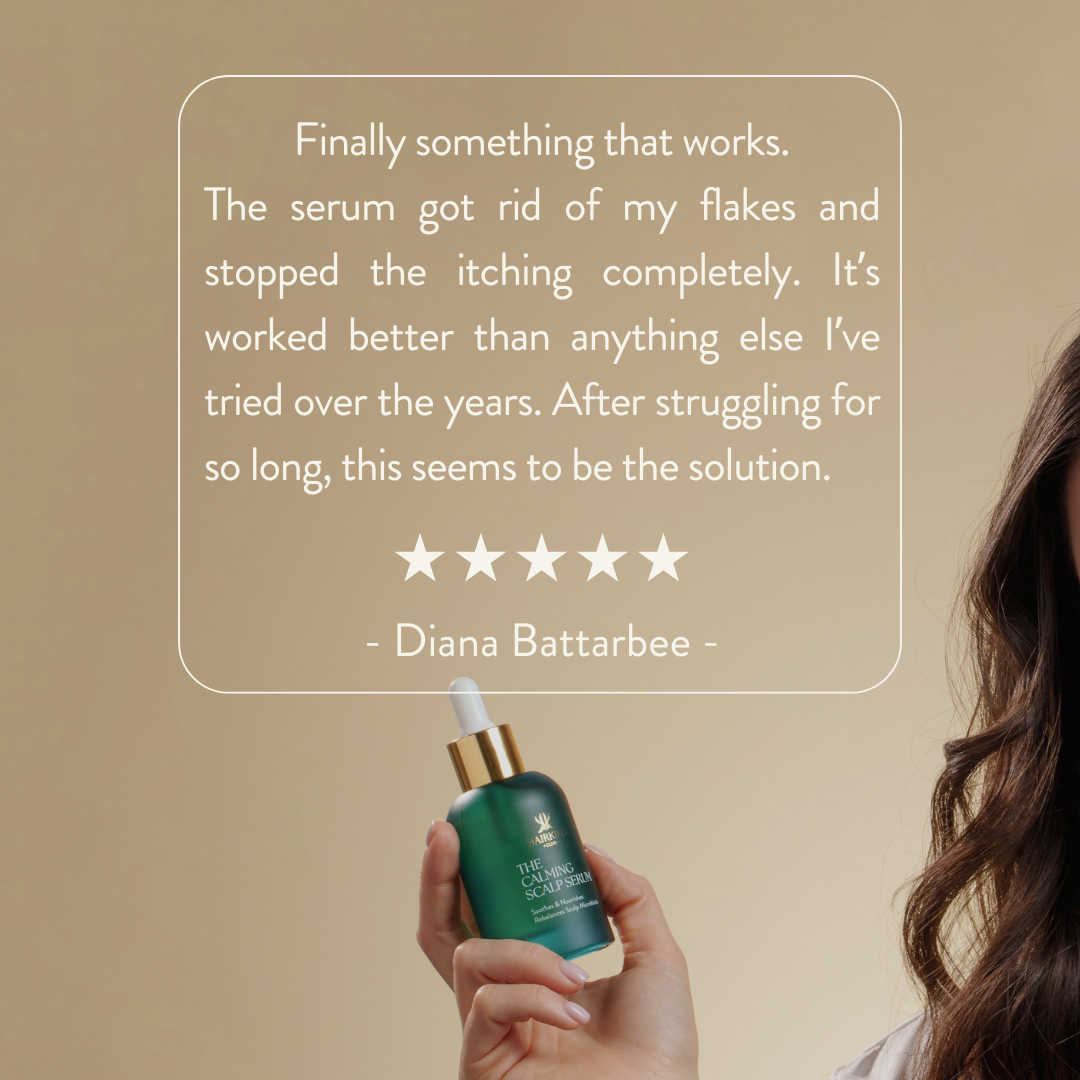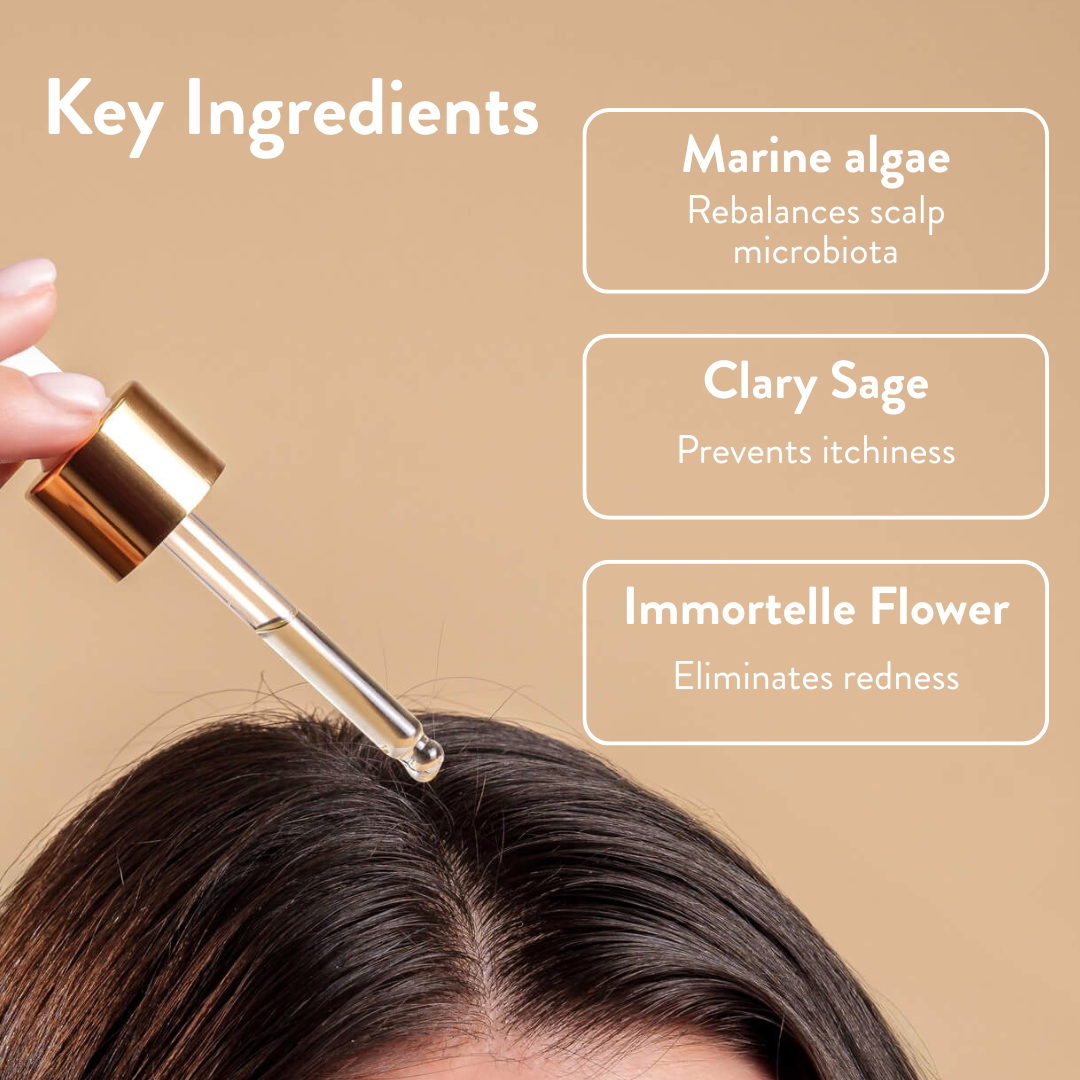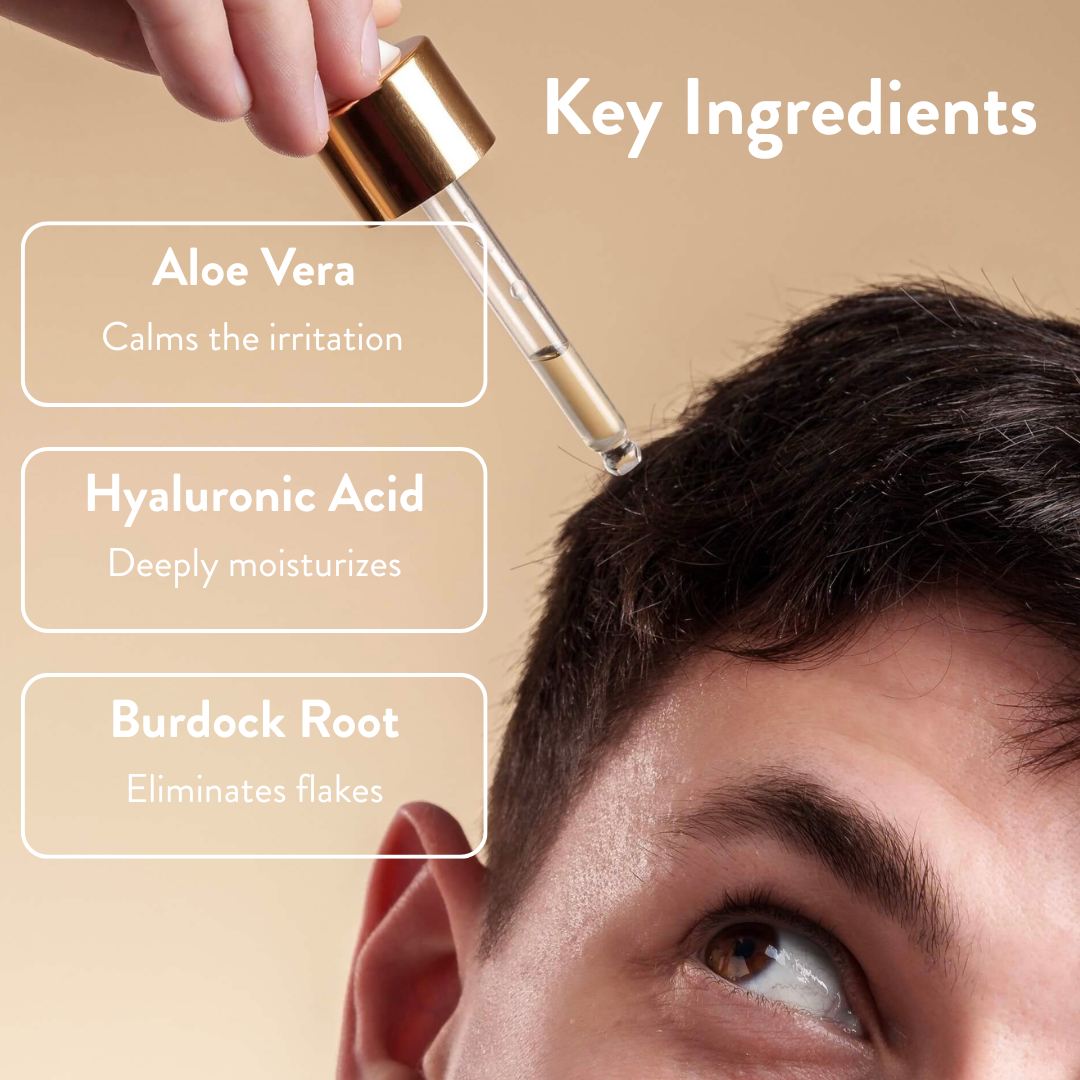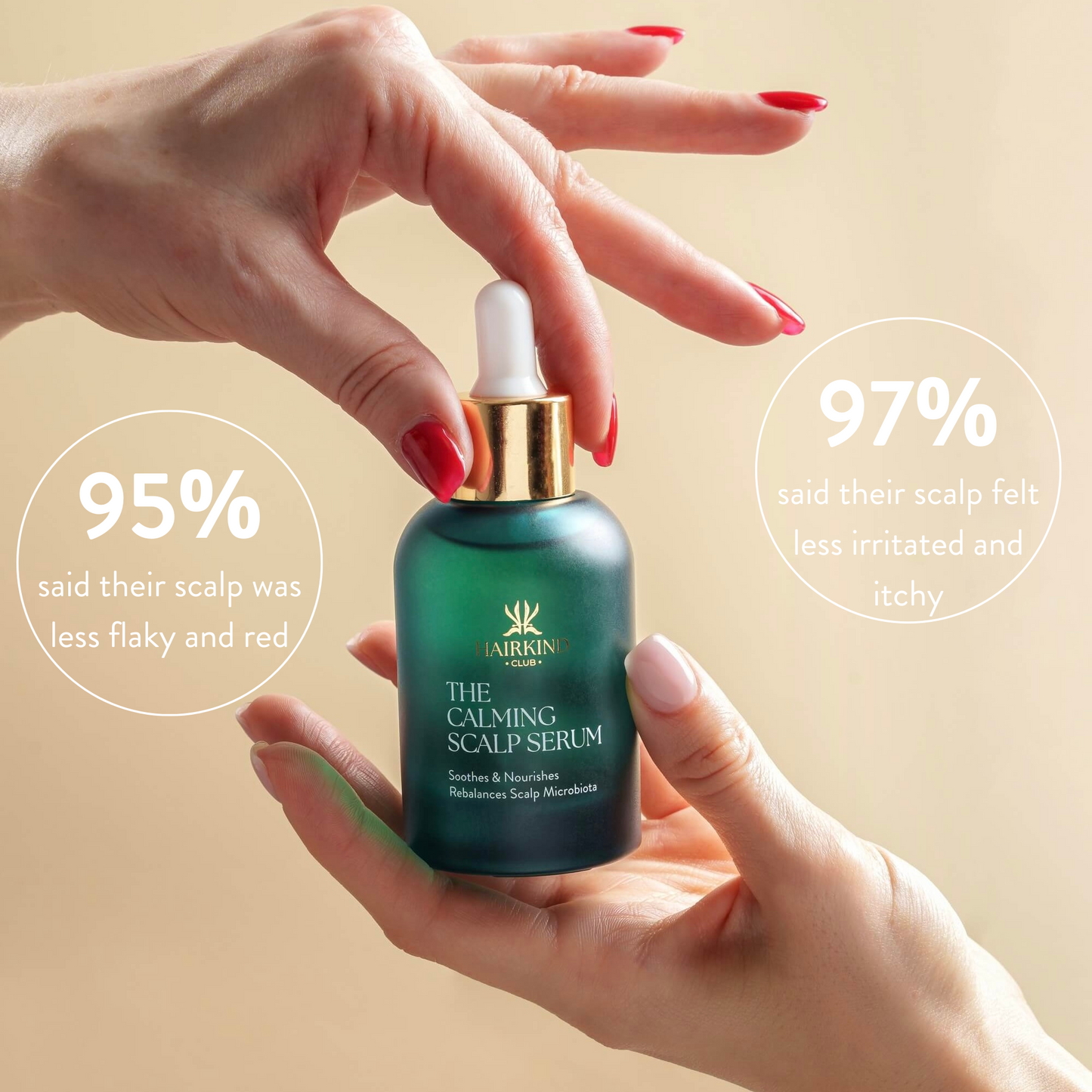Have you ever wondered why your scalp seems to get oily mere hours after washing? You're not alone. Many of us are caught in a frustrating cycle of frequent washing that might actually be making the problem worse. Let's talk about scalp oil training - a gentle approach to managing oiliness that works with your body's natural processes instead of against them.
Understanding Your Scalp's Oil Production
Your scalp produces sebum - a natural oil that helps protect your skin and hair. This is completely normal and healthy! The problem arises when production goes into overdrive, leaving you with that greasy feeling that has you reaching for shampoo daily.
What many people don't realize is that frequent washing with harsh shampoos can trigger your scalp to produce even more oil. It's a defensive response: strip away the natural oils, and your body thinks "we need more oil!" It's like your scalp is panicking and overcompensating.

Scalp Oil Training: The Basics
Scalp oil training involves gradually extending the time between washes to "teach" your scalp to produce less oil. It's about finding balance rather than constantly stripping your scalp.
Here's how you can start:
- Extend gradually: If you currently wash daily, try every other day first. Once your scalp adjusts (which might take 2-3 weeks), try extending to every third day.
- Use gentle, sulfate-free shampoos: Harsh detergents strip too much oil, triggering that overproduction cycle. Look for products with gentle cleansers that clean without depleting.
- Focus on the scalp: When you do wash, concentrate on cleansing your scalp rather than the hair lengths. Massage gently with fingertips rather than scratching with nails.
- Lukewarm water: Very hot water stimulates oil glands. Washing with lukewarm water can help keep sebum production more balanced.

A Special Note for Those with Seborrheic Dermatitis or Dandruff
If you're dealing with seborrheic dermatitis, dandruff, or other scalp conditions, I want to acknowledge something important: while reducing washing frequency works for many people, it may not be right for you.
These conditions often require more frequent washing with medicated products to manage symptoms. It's important to note that Malassezia fungi are actually a normal part of your scalp's microbiome – they exist on everyone's scalp! It's not their presence that's the problem, but rather an imbalance or particular sensitivity to them that can lead to issues. When the scalp ecosystem becomes disrupted, the normal levels of Malassezia can contribute to flare-ups.
If you have a diagnosed scalp condition, consider these modified approaches:
- Work with treatment shampoos as prescribed, but consider alternating with gentler formulas when possible
- Focus on scalp-soothing ingredients between medicated washes
- Use leave-in treatments with balancing and anti-inflammatory properties
Remember, managing a scalp condition while reducing oiliness requires balance. Your health comes first!

Natural Supports During Oil Training
While adjusting your wash schedule, these supports can help manage oiliness:
Scalp Tonics and Serums
Apply lightweight, water-based serums with ingredients like:
- Sea weed extract to balance the microbiome
- Niacinamide to regulate oil production
- Clary sage which naturally balances sebum
- Witch hazel (alcohol-free) for gentle astringent properties

Dry Shampoo Alternatives
Commercial dry shampoos can clog follicles and cause buildup. Try:
- A tiny amount of arrowroot powder or rice starch (applied with a makeup brush for brunettes)
- Herbal rinses with rosemary or mint as a refresher between washes
Strategic Styling
- Avoid heavy conditioners near the scalp
- Try updos or braids on "training days" when oil is more noticeable
- Use a boar bristle brush to distribute oils from scalp to ends (skip this if you have seborrheic dermatitis)

The Transition Period: What to Expect
Let's be honest - the transition isn't always pretty. Your scalp has been in oil-producing overdrive, and it takes time to adjust. During the first few weeks, you might experience:
- Increased oiliness before it gets better
- Temporary scalp itchiness
- Hair that feels heavier than usual
Most people notice improvement within 2-4 weeks, but it can take up to 3 months for your scalp to fully adjust its oil production. Patience is key!
When to Adjust Your Approach
Listen to your scalp. If you notice:
- Persistent itching
- Flaking that wasn't there before
- Redness or irritation
- A worsening of existing conditions
It's time to reassess. Perhaps extend your training timeline, or consult with a dermatologist about your specific needs.
The Balanced Approach
Remember that scalp oil training isn't about never washing your hair. It's about finding your personal sweet spot - the schedule that keeps your scalp healthy without triggering overproduction of oil.
For some, that might be washing every third day. For others with scalp conditions, it might mean finding gentler products while maintaining more frequent washing. There's no one-size-fits-all answer.
Supporting Your Scalp During Training and Beyond
While your scalp adjusts, using the right products can make all the difference. Our Calming Scalp Serum is specifically formulated to help balance sebum production while soothing irritation – making it the perfect companion during scalp oil training.
The water-based formula can be applied daily to either wet or dry hair without leaving any residue or weighing hair down. This is especially helpful during the transition phase when you might be struggling with oiliness. The serum won't add to that greasy feeling – instead, it works to normalize oil production while deeply hydrating the scalp.
What makes it particularly effective is that you can apply it even on styled dry hair between washes. This allows you to continue your oil training process without compromise, addressing any irritation or dryness while still extending your time between washes. For those with seborrheic dermatitis or dandruff, the serum's microbiome-balancing ingredients help maintain scalp health without disrupting your treatment plan.
The goal is a balanced, healthy scalp that produces just the right amount of oil to protect your skin and hair without that constant greasy feeling. With some patience and the right supportive products, you can work with your body's natural processes rather than fighting against them.




